Judical branch in a flash – Dive into the fascinating world of the judicial branch, where justice takes center stage! From its pivotal role in government to its intricate structure and processes, this comprehensive guide unravels the complexities of the judiciary in a clear and engaging manner.
Within the intricate tapestry of government, the judicial branch stands as the guardian of justice, ensuring that the scales remain balanced and individual rights are protected.
Introduction

The judicial branch is one of the three branches of government, along with the legislative and executive branches. It is responsible for interpreting the laws of the land and resolving disputes. The judicial branch is essential to the functioning of a democracy, as it ensures that the laws are applied fairly and impartially.The
judicial branch is typically composed of courts, which are presided over by judges. Judges are appointed by the president or elected by the people, and they serve for a fixed term. The judicial branch is independent of the other two branches of government, which means that it is not subject to political interference.
Structure and Composition
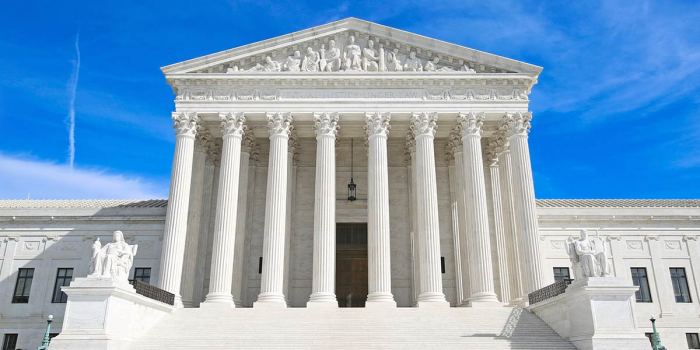
The judicial branch of the government is responsible for interpreting and applying the law. It is composed of courts and judges who are appointed by the President and confirmed by the Senate.
The Supreme Court is the highest court in the United States. It has original jurisdiction over a few types of cases, but most of its work involves reviewing decisions made by lower courts.
The lower federal courts include the United States Courts of Appeals and the United States District Courts. The Courts of Appeals hear appeals from the District Courts, and the Supreme Court hears appeals from the Courts of Appeals.
Appointment and Confirmation of Judges
The President appoints judges to the Supreme Court and the lower federal courts. The Senate must confirm each appointment by a majority vote.
The appointment and confirmation process can be contentious. Some presidents have nominated judges who are seen as too conservative or too liberal by the Senate. In some cases, the Senate has refused to confirm a president’s nominee.
Jurisdiction and Powers
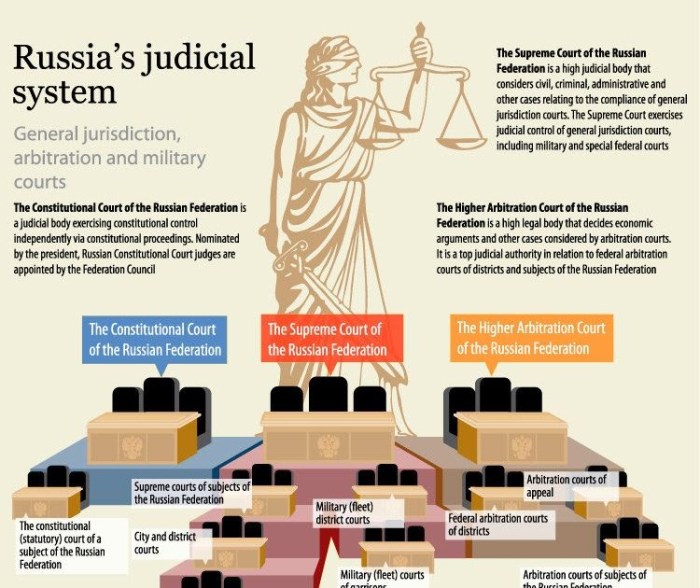
The judicial branch plays a crucial role in interpreting and applying the law. It has the authority to resolve disputes, determine the constitutionality of laws, and safeguard individual rights.
The judicial branch’s jurisdiction encompasses a wide range of cases, including:
- Criminal cases: Offenses against the law, such as theft, assault, and murder.
- Civil cases: Disputes between individuals or entities, such as breach of contract, property disputes, and personal injury claims.
- Administrative cases: Reviews of decisions made by government agencies.
- Constitutional cases: Challenges to the constitutionality of laws or government actions.
One of the most significant powers of the judicial branch is judicial review. This power allows courts to examine the constitutionality of laws and government actions. If a court finds that a law or action violates the constitution, it can declare it invalid.
Judicial review is a cornerstone of a democratic society, as it ensures that the government’s actions are consistent with the rule of law.
Case Examples
Examples of judicial review cases include:
- Marbury v. Madison (1803): The Supreme Court ruled that the Judiciary Act of 1789 was unconstitutional, establishing the principle of judicial review.
- Brown v. Board of Education (1954): The Supreme Court ruled that racial segregation in public schools was unconstitutional, overturning the “separate but equal” doctrine.
Case Processing
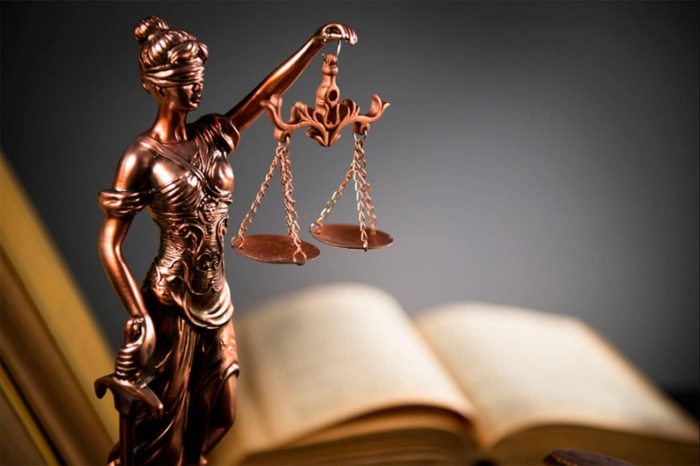
The judicial system handles cases through a series of stages, each with its own procedures and objectives. Understanding these stages provides insight into how the judiciary resolves disputes and ensures justice.
The process begins with the filing of a case, where the plaintiff presents their claim to the court. The defendant then responds, outlining their defense. The court examines the evidence presented by both parties and makes a decision, known as a judgment.
Pre-Trial Procedures
Before a trial, several pre-trial procedures take place to prepare the case for hearing. These include:
- Discovery: Both parties exchange information and documents relevant to the case.
- Motions: Parties file motions to request specific actions from the court, such as dismissing the case or compelling the production of evidence.
- Settlement negotiations: Parties may attempt to resolve the dispute through negotiations without going to trial.
Trial
If the case cannot be resolved through pre-trial procedures, it proceeds to trial. During the trial, both parties present their evidence and arguments before a judge or jury. The judge or jury then makes a decision based on the evidence presented.
Post-Trial Procedures
After the trial, several post-trial procedures may occur:
- Appeal: The losing party may appeal the decision to a higher court.
- Enforcement: If the judgment is not voluntarily complied with, the winning party may seek enforcement through legal means.
- Post-judgment motions: Parties may file motions to modify or set aside the judgment.
Judicial Independence
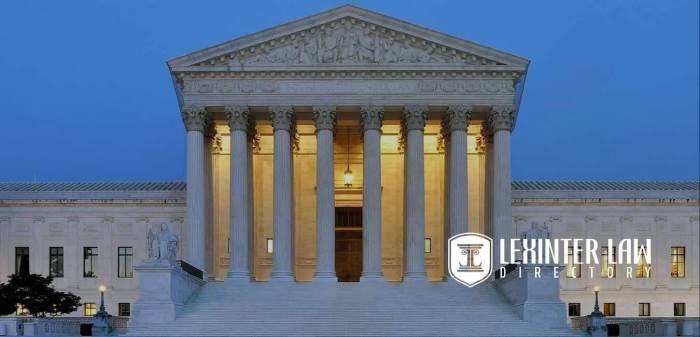
Judicial independence is crucial for ensuring the fair and impartial administration of justice. It allows judges to make decisions based solely on the law and evidence, free from external pressures or influences.To protect the judiciary from external influences, various measures are in place.
The judicial branch, the backbone of our legal system, ensures justice and fairness prevail. As we explore the intricacies of this vital branch, let’s take a moment to appreciate the timeless wisdom found in John Donne’s “The Bait” . This poem, a poignant reminder of the delicate balance between freedom and responsibility, echoes the challenges faced by the judicial branch as it navigates the complexities of our society.
Returning to our focus on the judicial branch, its unwavering commitment to justice continues to shape the fabric of our nation.
These include:
Appointment and Tenure
Judges are typically appointed through a rigorous process involving merit-based selection and confirmation by a legislative body or executive authority. They serve for fixed terms or until retirement age, ensuring they are not subject to political or other external pressures.
Financial Security
Judges are provided with adequate salaries and benefits to ensure their financial independence. This reduces the risk of corruption or undue influence from wealthy or powerful individuals or organizations.
Immunities and Protections, Judical branch in a flash
Judges enjoy certain immunities and protections, such as immunity from prosecution for actions taken in their official capacity. They are also protected from threats, harassment, or intimidation that could interfere with their ability to carry out their duties impartially.
Ethical Codes and Standards
Judges are subject to ethical codes and standards that guide their conduct and decision-making. These codes promote integrity, impartiality, and accountability, further safeguarding the independence of the judiciary.
Impact on Society
The judicial branch has a profound impact on society, playing a crucial role in safeguarding individual rights and ensuring justice for all.The judicial system provides a mechanism for resolving disputes, enforcing laws, and protecting the rights of citizens. Through its decisions, the judiciary interprets the constitution and laws, setting precedents that shape society’s legal framework.
This framework ensures that individuals are treated fairly and that their rights are respected.
Comparative Analysis
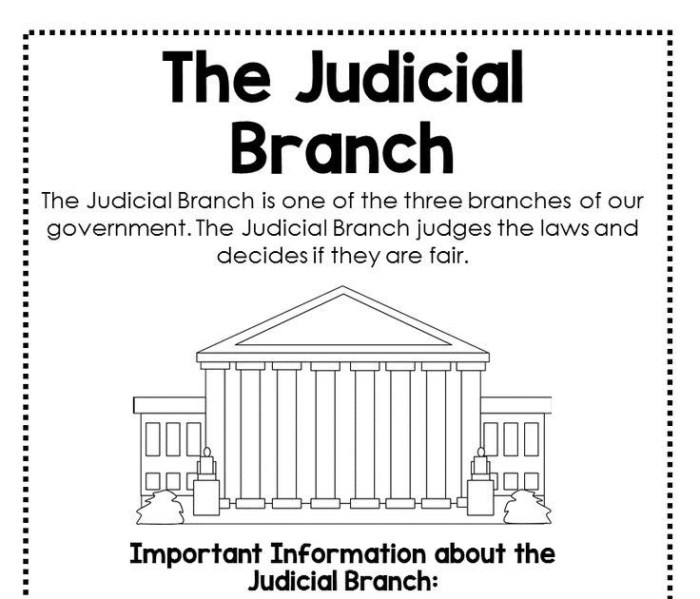
Judicial branches around the world exhibit both similarities and differences in their structure, powers, and impact on society. By comparing these branches, we gain a deeper understanding of the various approaches to administering justice.
In terms of structure, many countries adopt a hierarchical system, with lower courts handling less complex cases and higher courts, such as appellate courts or supreme courts, reviewing decisions made at lower levels. However, some countries have a more decentralized judicial system, with different courts specializing in specific areas of law.
Regarding powers, judicial branches in many countries possess the authority to interpret and apply the law, resolve disputes, and determine the constitutionality of government actions. In some systems, judges also have the power to create new laws through precedent, while in others, they are limited to interpreting existing laws.
The impact of judicial branches on society varies depending on the country’s legal system and political culture. In some countries, the judiciary is highly respected and plays a significant role in shaping public policy, while in others, it may have a more limited influence.
Detailed FAQs: Judical Branch In A Flash
What is the primary function of the judicial branch?
To interpret and apply the law, resolve disputes, and protect individual rights.
How are judges appointed?
Through a process involving nomination by the executive branch and confirmation by the legislative branch.
What is judicial review?
The power of the judiciary to determine whether laws or government actions align with the constitution.